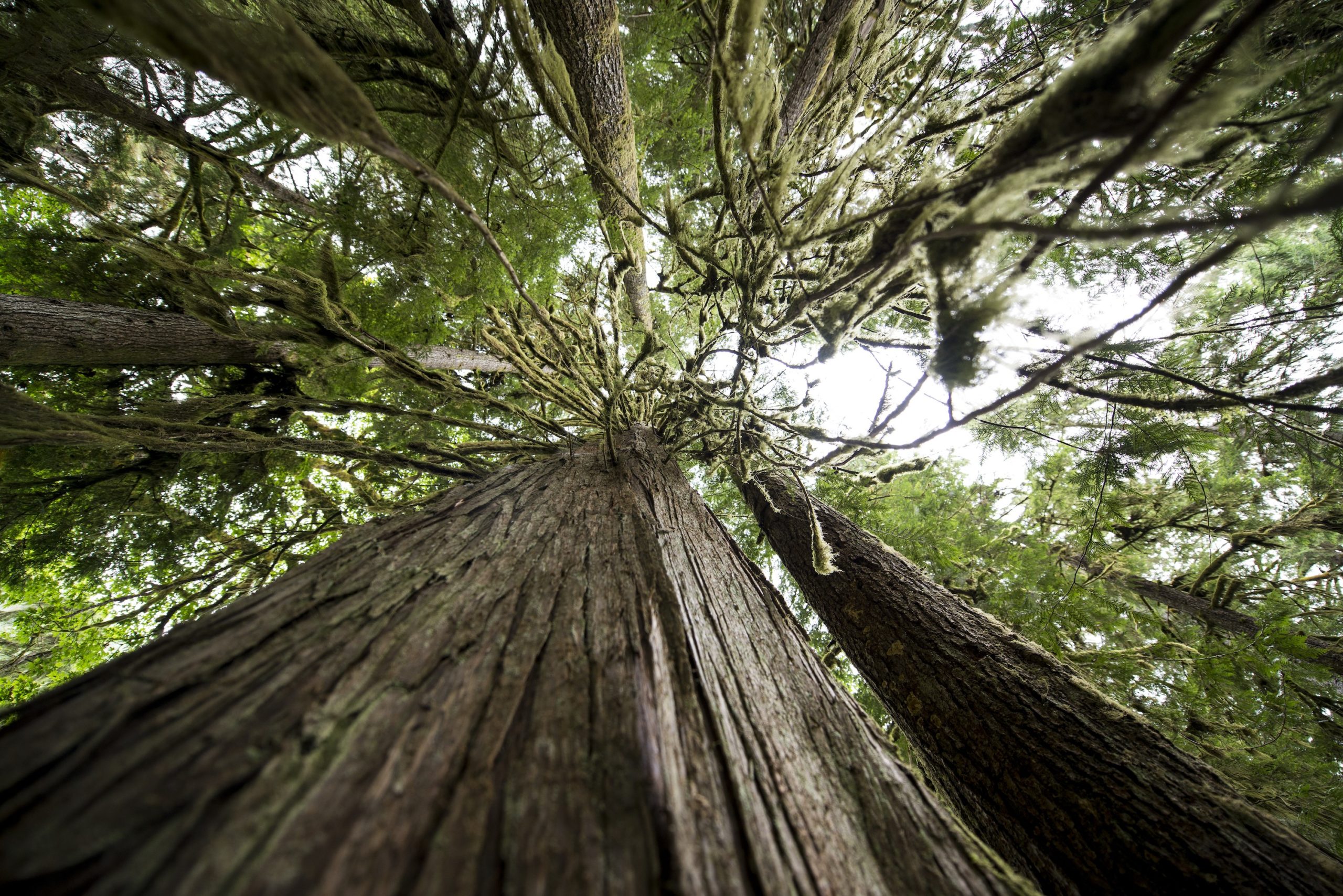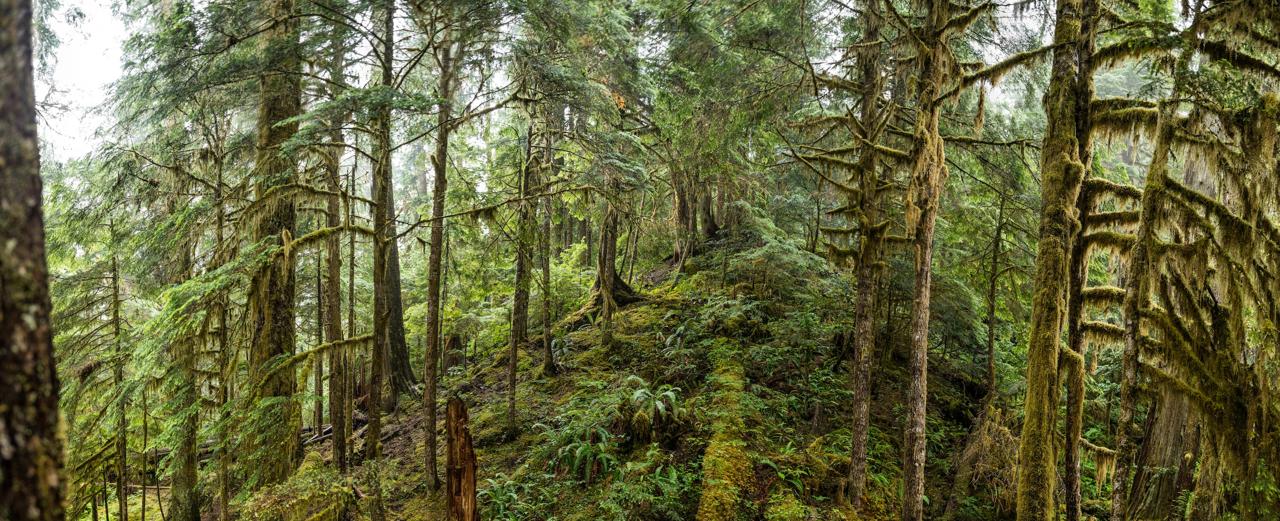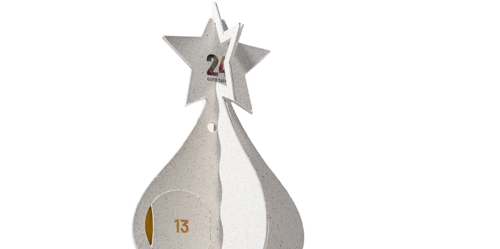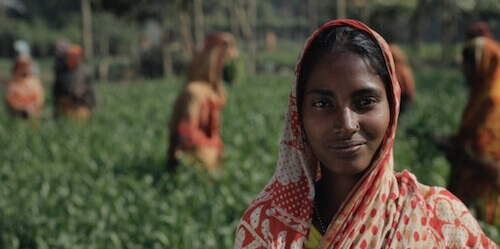 A home for forest giants
A home for forest giants
Protecting virgin forests in Western Canada
When the fog clears on the rugged coast, it reveals 1,800-year-old Alaskan cedars, covered with moss and lichen. An otter emerges from its burrow between gnarled roots and glides silently into the sea. The awe-inspiring howl of a wolf pack echoes through the bay. Welcome to the wilderness. The rainforest of Western Canada's temperate climate zone is a natural wonder. We benefit from its properties all over the world: Like a natural air conditioning system, haze and clouds over the forest cool the air in the atmosphere. The trees also produce oxygen, which we need to breathe. Rainforests in temperate latitudes are forest ecosystems which, similar to tropical rainforests, are characterised by their special water balance. Measured over the long-term, more than 2,000 millimetres of precipitation fall here every year. In temperate latitudes, this amount is mostly achieved on the slopes of coastal mountains. Canada's old-growth forests counteract air pollution and climate change, but only around 25 per cent of the impressive ecosystem has been preserved (Boreal Birds, 2020).
Necessity
Protecting virgin forests as a habitat for biodiversity and as a buffer against climate change
Activity
The Wilderness International foundation buys threatened, ecologically valuable land, with a land register entry, and protects it for the future.
Countable effort
Number of purchased and protected square metres in temperate rainforest.
Result
Deforestation and CO2 emissions are reduced. A large, coherent wilderness nature reserve will be created as a habitat for biodiversity.
Systemic effect
The temperate rainforest ecosystem is protected in the long term and can continue to make a global contribution to climate protection and the preservation of biodiversity.
Background
The older forests become, the greater their genetic diversity and the better the reproductive conditions for their populations (Mosseler, 2003). Old-growth forests thus guarantee the survival of countless species. Unfortunately, there are fewer and fewer old-growth forests worldwide. The inestimable value of the Amazon forests and the threats they face are well known. But hardly anyone talks about the “forgotten” ecosystem of British Columbia whict is the last large contiguous area of temperate rainforest in the world (DellaSalla, 2010). In total, 57 per cent of British Columbia’s land surface is covered with forest (Gilani and Innes, 2020). But British Columbia, of all places, continues to allow and even supports the large-scale deforestation of 600 to 1,800-year-old rainforest giants (Wu, 2019). The Canadian province is one of the world’s largest exporters of wood fibre. In 2015, a total of 145,800 people were employed in more than 7,000 companies in British Columbia’s forestry sector (CPA, 2015). The forestry industry generates annual revenues of US$ 15.7 billion.
As a province with a forestry tradition, British Columbia has long focused on how forests can be felled most efficiently. As a result, the technique of clear-cutting has become established, with devastating consequences. Habitats disappear and species diversity declines. The lack of rainfall causes low water levels in rivers, which in turn makes salmon migration more difficult. Entire salmon populations collapse, and with them the food source for wolves, bears and eagles. The forest will then also lack important nutrients and the giant trees will no longer be able to grow. Between 2003 and 2010, deforestation in British Columbia alone was responsible for annual greenhouse gas emissions of 49.5 million tonnes (Wieting, 2015), slightly more than the total emissions of Finland (42.6 million tonnes). The causes of deforestation in Western Canada are mainly agriculture, forestry, urbanisation, energy infrastructure and transport (Gilani and Innes, 2020). The region’s indigenous peoples, the First Nations, are also particularly affected by deforestation. For them, the forests represent a traditional source of food, culture and spirituality.
The good deed
Thanks to your good deed, one square metre of wilderness in the temperate rainforest of British Columbia is now under permanent protection. This prevents the destruction of the forests and a unique habitat for species such as wolves, otters and giant trees is preserved. You also make a significant contribution to climate protection, because the millennia-old forest giants and bogs are gigantic reservoirs of CO2, which would otherwise be released into the atmosphere and accelerate global warming. Wilderness areas are purchased and their acquisition is recorded in the land register. Canadian property law thus provides legal certainty and long-term protection.

AboutCanada
Ottawa
Capital
37.589.260
Number of inhabitants
43.602 $
Gross domestic product per capita per year
Placed 13th out of 189
Human Development Index
Canada is the second largest country in terms of area in the world. At the same time, only 36 million people live there.
About the organization and further information
Association
Stiftung Wilderness International

Further information and source
- Ancient Forest Alliance, 2020. Before & After Old-Growth Maps, Victoria.
- Boreal Songbirds Initiative, 2020. Facts & Pubs, Seattle.
- Chartered Professional Accountants (CPA), 2015. Overview of the BC Forestry Industry, Industry Update, Vancouver.
- DellaSala, D. A. (Hg.), 2010. Temperate and boreal rainforests of the world: Ecology and Conservation, Island Press, Washington, D.C.
- Gilani, H. R., Innes, J. L., 2020. The state of British Columbias forests: A global comparison. Forests, 11(3), MDPI, Basel.
- Luyssaert, S. et al., 2008. Old-growth forests as global carbon sinks, Nature 455, London.
- Mosseler, A. et al., 2003. Old-Growth Forests in Canada: A Science Perspective, Environmental Review 11, Ottawa.
- Wieting, Jens, 2011. Restoring the Balance for Climate and Species: How to Fight Global Warming and Protect Nature in B.C.’s Coastal Rainforest, Sierra Club BC, Victoria.
- Wieting, Jens, 2015. B.C. Forest Wake-Up Call: Heavy Carbon Losses Hit 10-Year Mark, Sierra Club BC, Victoria.
- Wu, Ken, 14.09.2019. What will it take to save B.C.’s old-growth forests?, Vancouver Sun, Vancouver.
- Wu, Ken, 24.11.2019. Island Voices: Saving old growth requires more than government talk, Times Colonist, Victoria.




